The last concubine of Empress Dowager Tu Xi reveals the truth about life in the harem

3 | 0 Discuss | Share
There are many mysteries for so long that scientists have not been able to find a reasonable explanation for its existence. The existence of the Loch Ness monster is one of them.
The Loch Ness Monster, commonly known as 'Nessie' or 'Ness', is a mysterious and unidentified animal or group of creatures that inhabit Lake Ness. The city of Inverness in Scotland with the deepest point up to 230 m. Many people believe that this monster is just a product of imagination or only in legends, while others believe. believe in its existence.
Notably, the first records of the appearance of a sea monster in Loch Ness appear in the 6th century chronicle 'The Missionary Life of Saint Columba' written by Saint Adamnan in the 6th century.
In 1888, bricklayer Alexander Macdonald in the village of Abriachan watched an extremely large animal emerge from the lake and swim about 50 meters from where Macdonald stood. Macdonald later reported his sighting to Loch Ness security officer Alex Campbell and described the creature as resembling an iguana.
Many people believe that the Loch Ness Monster is just a product of imagination, while others believe in its existence.
In July 1930, three locals fishing in Loch Ness encountered a strange incident. The newspaper "Northern News" on August 27 published a witness's account. He had seen "the waves boiling in the water about 600 meters from the shore. A column of water shot up high, very strong, causing our boat to roll violently. It seemed that something very large spewed out the column of water. that.
"It was moving at about 15 knots an hour. The body of it that I saw, was 6 meters long, it was about 1 meter above the water. It was clearly a real animal, not an animal. Normal".
Although this news has caused many readers to write letters, telling stories of mysterious lake monster sightings (reported by them or others), but this incident only attracted attention in the locality. side only.
The stories of the Loch Ness monster seemed to have been forgotten for 45 years, before being revived again on July 22, 1933. On the afternoon of April 14, 1933, in the village of Apieche, northwest of Loch Ness, an incident changed this situation. A couple driving a car suddenly saw a lake water rolling waves.
They stopped the car. Minutes later, they saw "a large animal struggling and jumping in the lake". The newspaper "Invenation News" on May 2 published this news. The author was Mr. Alan Campbell, who later saw the same scene himself. Evan Baren, editor of "Invenation", called the animal a "monster".
And this news caught all of Scotland's attention. After that, there were more and more sightings of sea monsters (like the widening of an old road on the north shore of Loch Ness that cleared any obstructions from view - foreword by Mr. Campbell).
Finally, the whole world took notice. From April 14 to October, a total of more than 20 eyewitnesses were reported. Thus, the "Loch Ness monster" was born. A few years later, the picture of the Loch Ness monster took shape. The standard Loch Ness monster is: long and erect neck, small head.
Some eyewitnesses also said that they saw something like a horse's mane, the monster's head also resembled a horse's head. Its body is long, one end is pointed and tapered, there are 1-8 humps on the body, and the tail is long and rough. People who have seen the monster on land describe that they see fins, and that it uses fins to move.
If it is underwater, it will move faster. About skin color, some say dark gray, some say dark brown, or black. It rises and falls very quickly, and in an up-and-down direction. It seems to often appear when the lake is calm.
In the same year 1933, the first image of the Loch Ness monster was officially taken. Hugh Gray, an employee of the British Aluminum Company, was walking home from church on November 12, 1933, when he suddenly noticed something unusual on the shores of Loch Ness.
Hugh Gray quickly used the camera he was carrying to capture the image above. The image was later published for the first time in the British newspaper Daily Record, sparking controversy over the existence of the Loch Ness monster.
In 1934, British doctor Robert Kenneth Wilson while on vacation at Loch Ness took a picture of the Loch Ness monster. The image that later became the most famous image of the Loch Ness monster shows a long-necked monster emerging from the water.
However, it also continues to cause controversy as to how practical it is. Many people believe that this is just a fake image or just an image of an ordinary object on the lake surface, but many others believe that this is real evidence for the existence of the Loch Ness monster.
So far, more than 1,000 people have claimed to have seen this mysterious monster. In 2003, the BBC conducted a study that used up to 600 sonar rays (used to detect submarines) and satellite tracking to scan the entire length of the lake. As a result, they did not find any evidence of the existence of a monster at the bottom of Loch Ness. However, many people still believe in the existence of this mysterious monster.
For the scientific community alone, many researchers have raised a number of different theories about the Loch Ness monster. Some theories suggest that the Loch Ness monster is a descendant of the reptile Cryptoclididae of the aquatic reptile group Plesiosaurus. However, this hypothesis was later disproved, after researchers from the University of Otago in 2019 confirmed that Loch Ness does not contain a dinosaur DNA sample. Some scientists have not even ruled out the possibility that the Loch Ness monster is actually a giant eel.
However, have you ever wondered: What if the Loch Ness monster really existed? What will humanity do after we discover this mysterious monster? Will we try to strictly preserve the Loch Ness monster, or will we destroy it immediately as a study specimen?
This is the topic that has just been raised by the popular science-themed YouTube channel What IF, which lists the situations that will happen if the Loch Ness monster is real.
Since when did the Loch Ness monster exist?
Researchers believe that the earliest information about the "Loch Ness Monster" was in 565. At that time, a record said, there was a man swimming in the Loch Ness River, to the east. Loch Ness was killed by it. St. Colombo saw some people carrying a body and asked questions. They replied that this person died in an unusual way.
He sent a disciple to jump into the river to swim to lure the monster. So it surfaced and swam towards this disciple. When everyone was afraid to watch the animal, Mr. Colombo put his hands in front of his chest, in the name of God to chase the animal away.
According to the Bible compiled by Adanan in Latin a century later, it is recorded: "The animal heard the voices of the disciples, and was afraid, turned around and jumped into the water."
Although this information does not describe the monster's appearance, its fierce behavior does not appear to be typical of modern lake monsters, but those who study the Loch Ness mystery say that that the above story is very important.
Are there many sea monsters in Loch Ness?
Some experts on Loch Ness sea monsters say that, if Loch Ness is considered a breeding ground for strange animals, then there is certainly not only one animal species that exists here.
Early writers like Mr. Gunder, for example, thought that Loch Ness was inhabited by only one animal, but many people believed that the Loch Ness monster was part of a herd of animals. In fact, while it is rare to witness two or more animals, it does happen.
For example, on July 14, 1937, the newspaper "Scottish Daily News" reported that eight people saw "three sea monsters on Loch Ness about 300 meters away from them.
The one in the middle has two black, glossy fleshy humps, about 1.5m long, it protrudes about half a meter above the water. There were two small sea monsters on the right and left sides of it.†Moreover, considering their size as described by eyewitnesses, researchers at that time believed that there was not just one type of Loch Ness sea monster.
Since the shortest one is 1m (according to reports of rare small sea monsters), the longest one is 20m! However, it is usually described as being between 4.5m and about 9m long.
Controversies and arguments about whether or not Loch Ness sea monster have not yet been answered satisfactorily. All research on this mystery is still thickening the works without stopping.

3 | 0 Discuss | Share
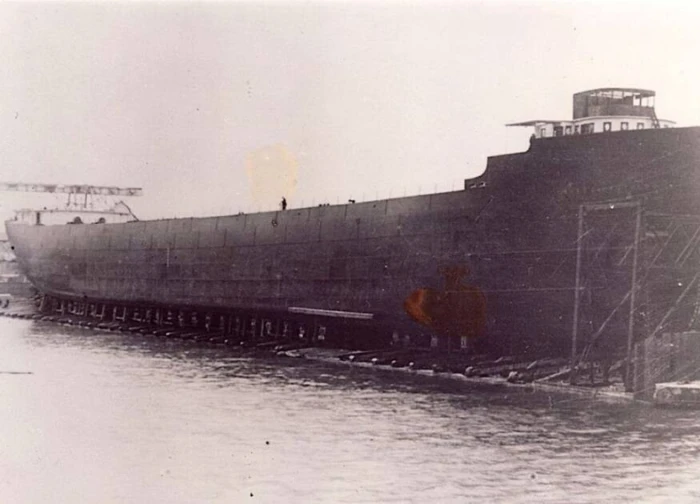
4 | 0 Discuss | Share
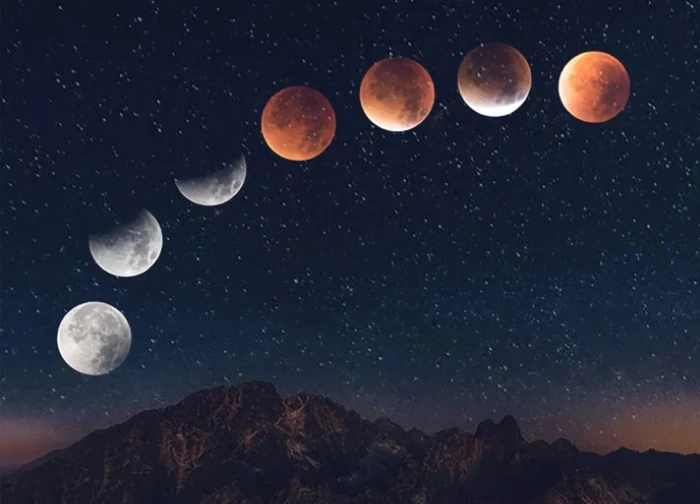
4 | 0 Discuss | Share
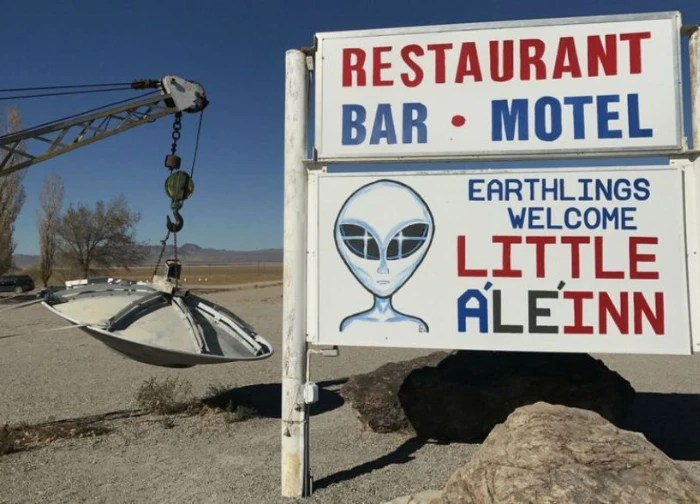
3 | 0 Discuss | Share

0 | 0 Discuss | Share

0 | 0 Discuss | Share

1 | 0 Discuss | Share
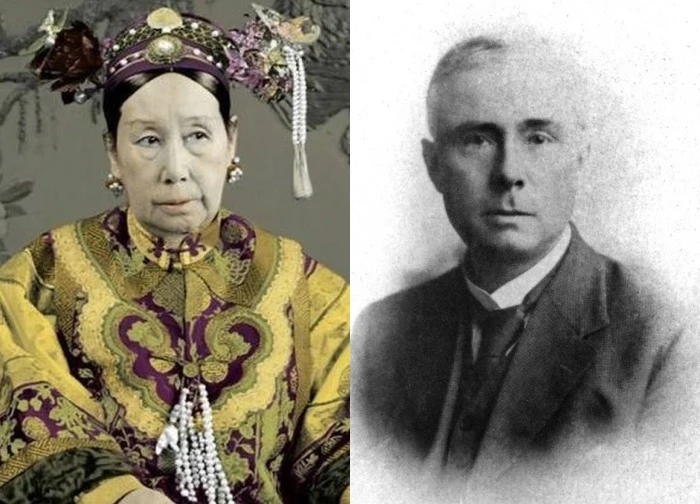
4 | 0 Discuss | Share

4 | 0 Discuss | Share
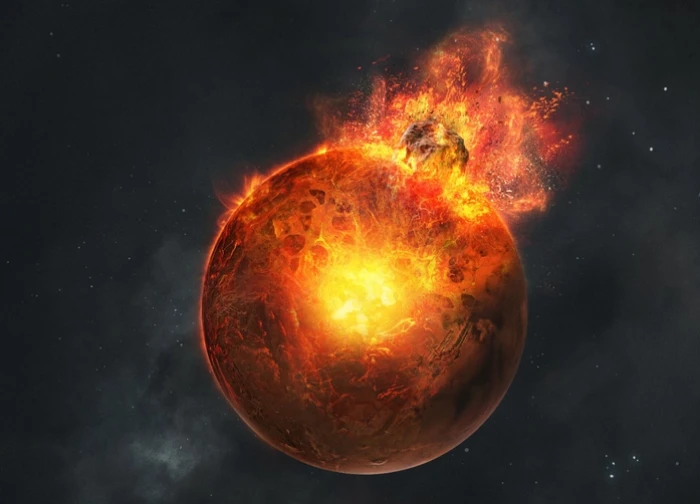
2 | 0 Discuss | Share
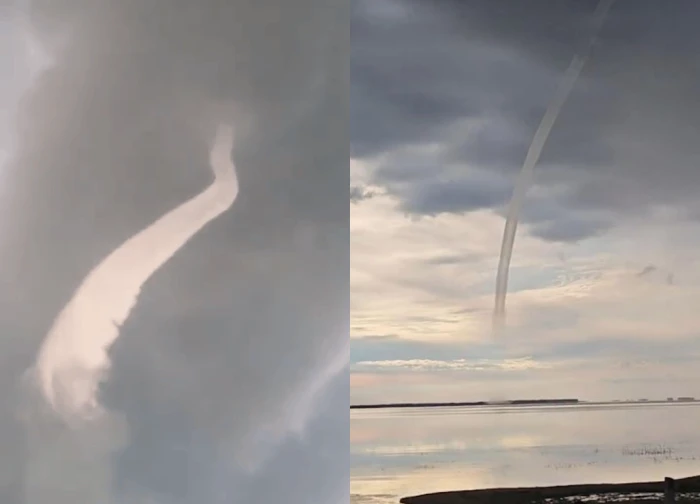
2 | 0 Discuss | Share
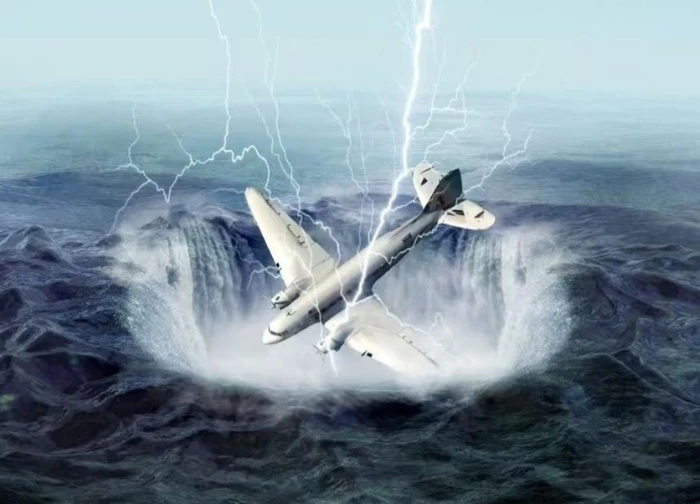
4 | 0 Discuss | Share



1 | 0 Discuss | Report